Did you know unplanned tree removal leads to thousands of dollars in property damage and injury claims each year? Whether it’s a towering oak too close to your home or a damaged tree at risk of falling on a power line, getting rid of problematic trees isn’t as simple as grabbing a chainsaw. In fact, tree removal is one of the most complex and hazardous landscaping jobs a homeowner can face. This guide breaks down the surprising truths behind tree care, the real cost of tree removal, and shows you exactly how to secure your landscape—quickly and safely.
Tree Removal: The Surprising Truth Behind a Common Challenge
Opening Insights: Why Proper Tree Removal Matters for Safety and Property Value
Proper tree removal does more than just get rid of a nuisance in your yard—it protects your family, your investment, and sometimes even the neighborhood. Each year, thousands of homes report damages due to falling branches or unstable trees, leading to rising insurance claims and home repair costs. More importantly, removing a tree the wrong way can negatively impact your property value, cause injury, or damage nearby structures and power lines.
Certified arborists and experienced tree service providers conduct careful risk assessments before taking action, weighing factors like the tree’s health, proximity to buildings, and complicated root systems. Unlike DIY attempts—which can sometimes put you and your property in harm’s way—professionals use specialized equipment and proven safety protocols that protect you and your landscape. Investing in professional tree care ensures that the job is done safely and efficiently, all while maintaining or enhancing the curb appeal of your home, ultimately protecting both lives and property value.

What You'll Learn: Demystifying Tree Removal and Tree Care
- Understand essential tree removal techniques and when to call a professional tree service
- Compare tree removal cost and factors influencing the price
- Explore certified arborists’ role in modern tree care
- Spot key risks and safety protocols to remove a tree effectively
- Learn the criteria for DIY vs. hiring a professional
Tree Removal Essentials: Process Overview and Key Steps
How to Remove a Tree: DIY vs. Professional Tree Service
It’s tempting to try and remove your tree with a rented saw and some elbow grease, but the risks—personal injury, property damage, and legal liability—are significant. Professional tree removal companies follow a clear process: initial risk assessment, use of protective gear, establishing safety zones, and carefully dismantling the tree section by section to avoid unpredictable falls. These tree care industry practices ensure that even larger trees can be removed without putting anyone at risk.
A certified arborist might be required if your tree is entangled in power lines, close to structures, or shows signs of disease. While DIY may seem cost-effective, the lack of proper equipment and knowledge often leads to higher long-term costs. Always ask yourself—do you have the right experience to fell a large tree safely, or is it time to call a tree service company?
For homeowners who want to ensure the highest level of safety and expertise, learning more about the full range of professional arborist services can help you make an informed decision about your tree care needs.
- Common tree service practices for efficient and safe tree removal
- When it’s best to use a certified arborist vs. DIY
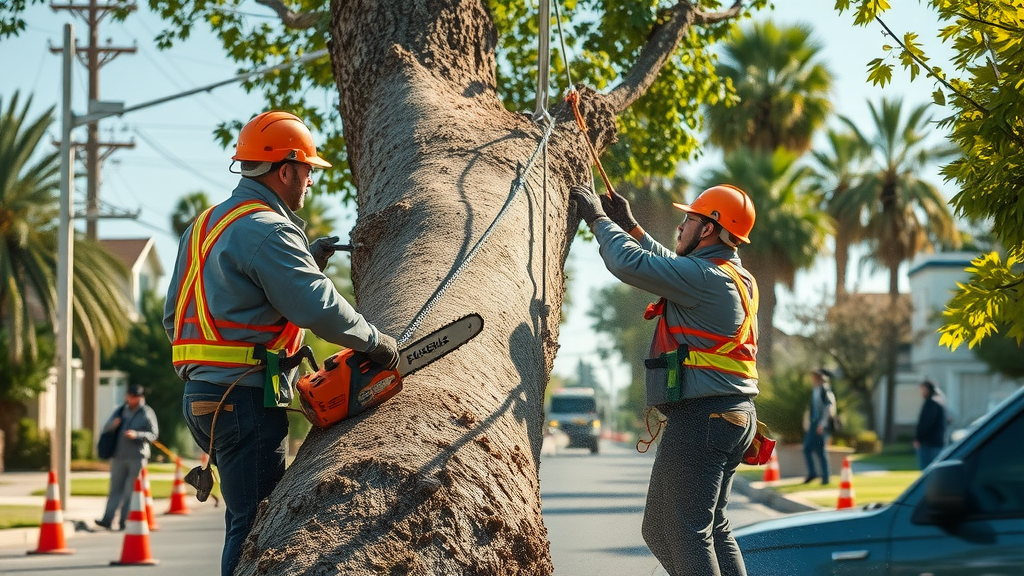
Tree Removal Cost: What Influences the Price?
| Variable | Average National Cost | Low-End | High-End | Notes |
|---|---|---|---|---|
| Tree Size (Small) | $300 | $200 | $500 | Less than 30ft tall |
| Tree Size (Medium) | $700 | $400 | $1,200 | 30-60ft tall |
| Tree Size (Large) | $1,500 | $1,000 | $2,000+ | Taller than 60ft |
| Region (Urban/Suburban) | $700–$1,500 | $500 | $2,000+ | Higher in large metro areas |
| Region (Rural) | $300–$700 | $200 | $1,200 | Fewer obstructions |
| Tree Health/Obstacles | +10–50% cost | Varies | Varies | Disease, rot, power lines, buildings |
| Number of Trees | Reduced price per tree | — | — | Bulk discounts may apply |
Average Tree Removal Cost Across the Tree Care Industry
When budgeting for tree removal, you should expect to pay anywhere from $300 for straightforward jobs to over $2,000 for complex removals involving large or hazardous trees. The cost of tree removal is most influenced by the height and diameter of the tree, its location relative to buildings and power lines, the health of the tree, and how many trees you need removed. Additional obstacles—such as limited access for equipment or proximity to neighboring properties—play a role, as does your local tree care industry pricing trends.
Keep in mind, some removal companies may offer lower estimates, but choosing the cheapest option isn’t always wise. A reputable tree service company will include proper insurance, trained staff (often ISA certified), and post-removal site cleanup. When comparing tree removal cost, factor in long-term value: a cheap job done poorly could ultimately cost far more if it results in unexpected damage or prolonged site recovery.

Tree Care After Tree Removal: Maintaining Your Landscape
Expert Tree Care Practices for Post-Removal Health
Once you’ve had your tree removed, what happens next is just as important as the removal process itself. The sudden absence of a large tree can disrupt soil stability, sunlight patterns, and the health of remaining landscaping. Experienced professionals will inspect the site and recommend next steps, ranging from mulching and soil amendment to careful regrading and addition of new plants. These strategies help prevent erosion and support rapid recovery for nearby trees and shrubs—maintaining healthy growth across your yard.
It’s also critical to check for leftover stumps or roots that might attract pests, trigger regrowth, or create safety hazards. Top tree care industry experts advise a proactive approach: restore site grade, plant grass or groundcover quickly, and monitor affected areas for signs of stress in remaining vegetation. Investing in post-removal tree health and soil care helps protect your property value and ensures your landscape continues to thrive for years to come.
- Top tree health considerations after removing a tree
- Soil and site restoration tips from the tree care industry

Certified Arborists and the Tree Care Industry: Why Credentials Matter
The Importance of Professional Tree Expertise in Safe Tree Removal
“Hiring certified arborists ensures both your safety and your landscape’s long-term health,” says industry expert.
Not all tree service providers have the same level of expertise. Certified arborists—often ISA certified—are trained to assess and manage tree health, risk, and removal techniques that standard crews might overlook. Their advanced understanding of tree biology, structure, and safety methods means hazardous trees are removed efficiently, even when close to power lines or buildings. Certified arborists also consult on how to care for your other trees after the job is done, making them an invaluable partner in ongoing landscape management.
Choosing a provider with recognized credentials from the tree care industry significantly reduces the risk of property damage, injury, or incomplete work. Certified professionals also adhere to best practices for environmental protection, ensuring your yard remains safe, attractive, and sustainable long after the tree is gone.
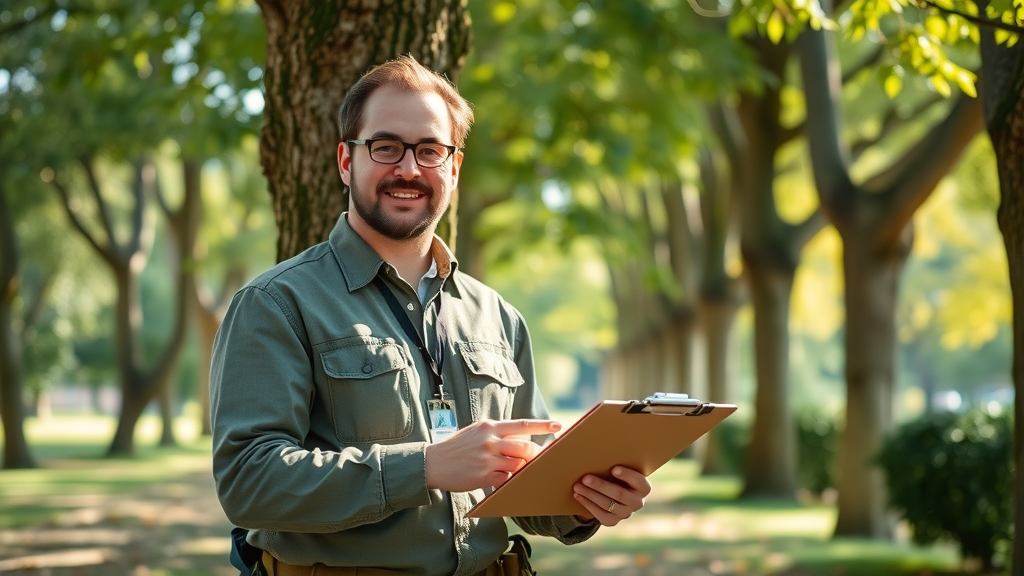
Removal Cost vs. Long-Term Value: Investing in Professional Tree Service
- Cost of tree removal compared to potential property damage
- Reputation and reliability of professional tree removal services
- Why experience and equipment drive better outcomes
While some homeowners worry about the upfront removal cost, investing in a professional tree service is usually the more cost-effective choice in the long run. Attempting to remove your tree yourself—or hiring an uninsured, inexperienced operator—creates the potential for much more serious (and expensive) consequences, such as damage to your roof, vehicle, fencing, or even personal injury. The best tree removal companies bring specialized equipment and knowledgeable staff, minimizing risks and ensuring the process is completed to the industry’s highest safety standards. By prioritizing expertise and proven methods, you not only avoid surprise expenses, but also gain peace of mind and long-term property value.
How to Select the Right Tree Removal Service
- Checklist: What to look for in a tree removal specialist
- Questions to ask about tree removal cost and insurance
- Understanding estimates for multiple trees and complex jobs
Navigating different removal companies can be daunting—especially when rates and services vary. To choose wisely, look for these essentials: appropriate licensing, ISA certified arborists on staff, comprehensive insurance coverage, detailed written estimates, and positive local reviews. Ask about removal cost breakdowns (including cleanup and debris hauling), liability coverage, safety protocols, and who will perform the actual work. For projects involving a higher number of trees or especially big jobs, request itemized bids and timelines.
Remember, a reputable tree removal company will be transparent, offer a contract for each service, and provide proof of insurance upon request. Don’t hesitate to compare multiple providers and seek referrals from neighbors or local real estate professionals familiar with the tree care industry. Your due diligence ensures you receive safe, high-value service rather than risky shortcuts.
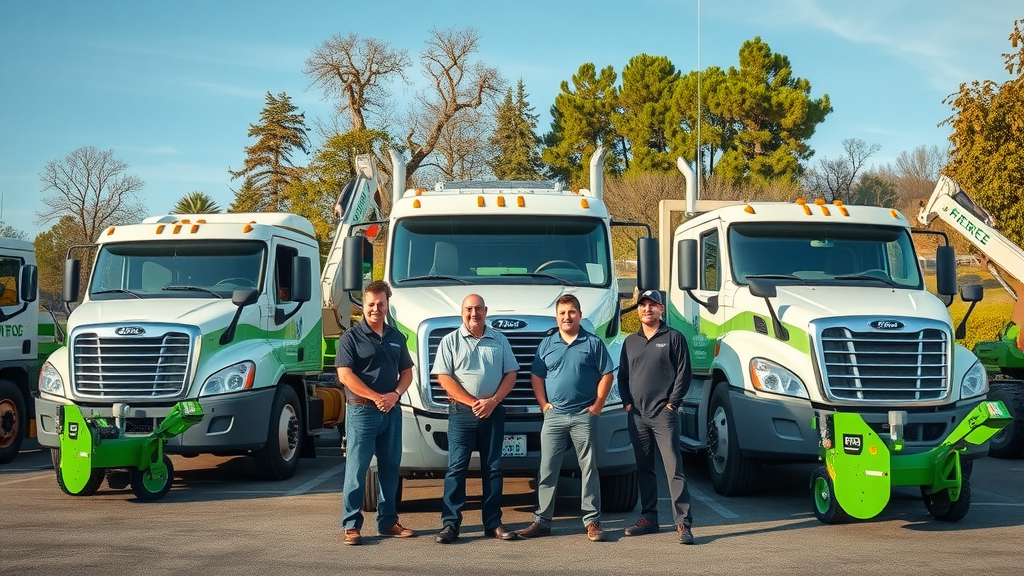
People Also Ask About Tree Removal
What is the average cost of tree removal in my area?
The average tree removal cost depends on tree size, location, and local tree care industry pricing trends. Most regions see costs range from $300 to $2,000 per tree. Certified arborists may charge more for complex jobs or hazardous locations.
Does anyone remove trees for free?
Some community programs or utility companies may offer free tree removal if a tree is hazardous or threatens power lines, but these are rare exceptions. Always verify credentials and coverage if considering no-cost services.
What would it cost to remove a tree?
Tree removal cost varies widely—from a few hundred dollars for small trees to thousands for large or hazardous removals. Multiple factors, including tree health and access, affect the estimate.
What is the cheapest way to remove a tree?
DIY may seem cheapest, but risks and potential property damage can be high. The safest cheap option is hiring a small, local certified arborist for straightforward jobs, ensuring they have insurance and proper equipment.
FAQs: Everything Else You Need to Know About Tree Removal
- How do I prepare my property for tree removal?—Clear the area around the tree, mark underground utilities, move vehicles and valuables, and discuss concerns with your tree service company beforehand to minimize disruption and ensure safety.
- Can I negotiate the cost of tree removal with professionals?—Yes, especially if you have multiple trees or require other services. Request itemized bids and ask about any available discounts or packages from established removal companies.
- What signs indicate immediate tree removal is necessary?—Severe leaning, visible decay, large dead branches, root damage, or trees overhanging power lines suggest urgent removal may be warranted for safety.
- How does tree removal affect surrounding tree health?—If not managed properly, soil compaction and root disruption can stress neighboring trees—consult a certified arborist for best practices on aftercare and site restoration.
- Will my homeowner’s insurance cover tree removal?—Coverage depends on the cause. Many policies pay for removal if a tree damages insured property, but not for proactive health or landscape reasons. Check your policy or ask your agent for specifics.
Key Takeaways: Making Smart Decisions About Tree Removal
- Tree removal is safest and most cost-effective when handled by qualified professional tree service providers
- Understanding tree removal cost factors aids in budgeting and prioritizing tree care
- Seek certified arborists for complex or risky jobs to protect property value and safety
- Stay informed on tree care industry best practices for ongoing landscape health
Conclusion: Take Charge of Your Tree Removal Needs
Act now to safeguard your property and keep your landscape thriving.
Grow your landscaping expertise—call 203-271-7991 or visit TreeGuardianNews.com to subscribe.
If you’re looking to deepen your understanding of how tree removal impacts your home and finances, it’s wise to consider the broader picture of property protection. Unpredictable events like storms or fallen trees can raise important questions about your insurance coverage and what’s truly protected. For a comprehensive look at how your policy responds to tree-related incidents—and to uncover common myths and facts—explore our guide on home insurance coverage for fallen trees. This resource will help you make smarter decisions, safeguard your investment, and stay prepared for whatever nature brings next.
When considering tree removal, it’s essential to understand the associated costs and the importance of hiring certified professionals. The article “How Much Does Tree Removal Cost in 2025?” provides a comprehensive breakdown of average expenses based on tree size and type, helping homeowners budget effectively. (thisoldhouse.com) Additionally, the “Tree Removal Services” page by Davey Tree emphasizes the significance of engaging ISA Certified Arborists to ensure safe and efficient tree removal, highlighting the risks involved in DIY attempts. (davey.com) If you’re serious about safeguarding your property and ensuring the health of your landscape, these resources will offer valuable insights and guidance.
 Add Row
Add Row  Add
Add 

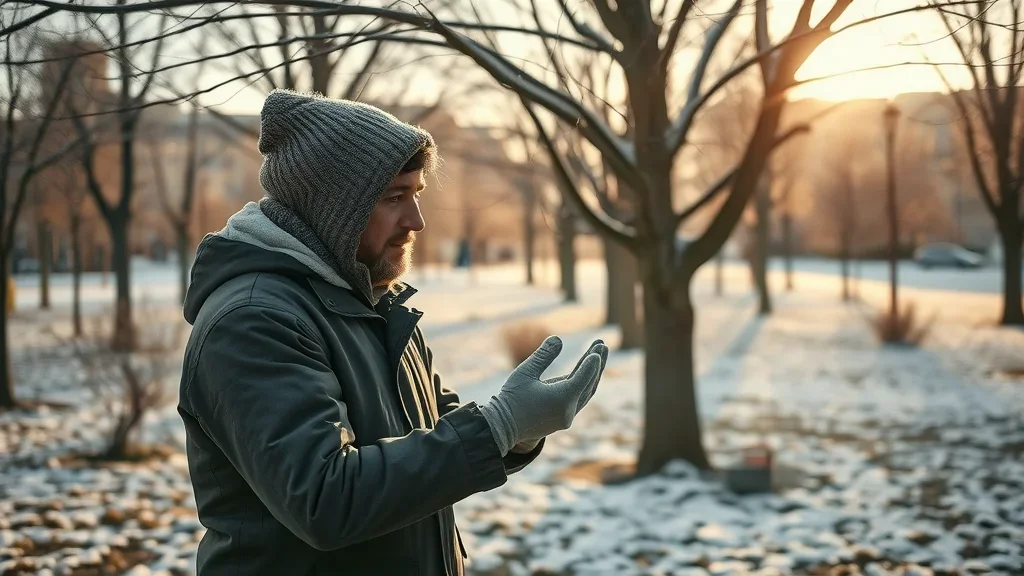
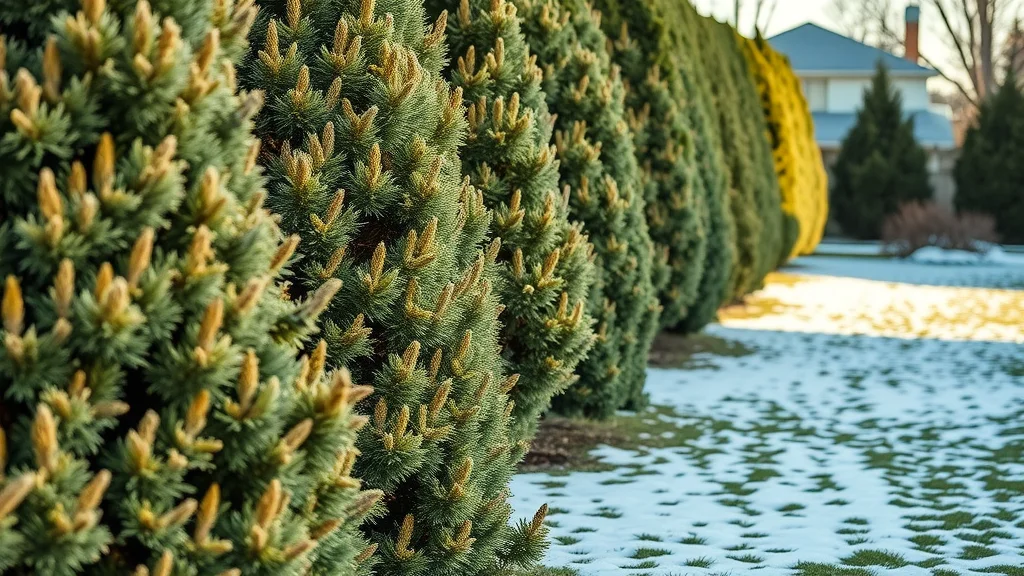
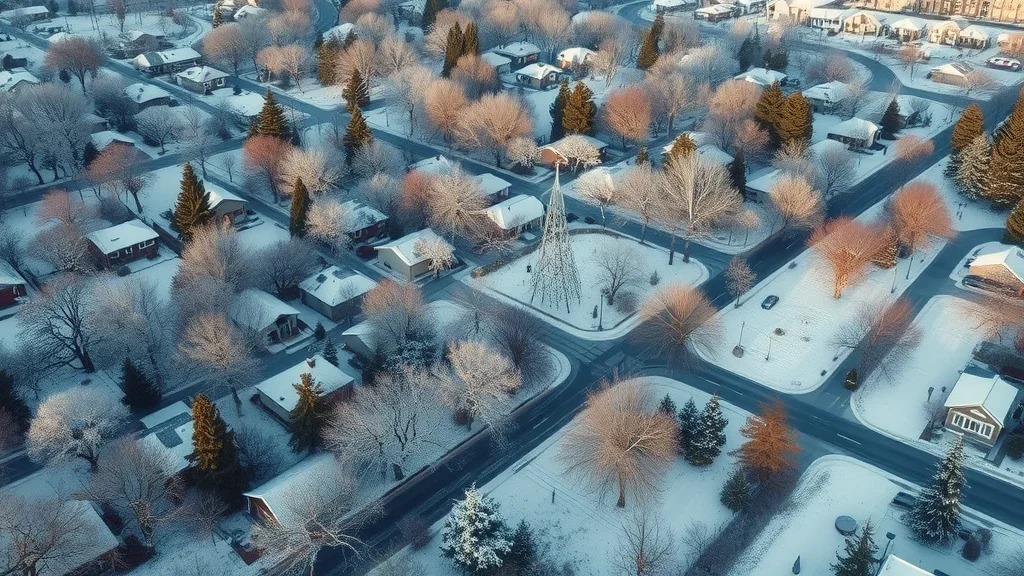
Write A Comment